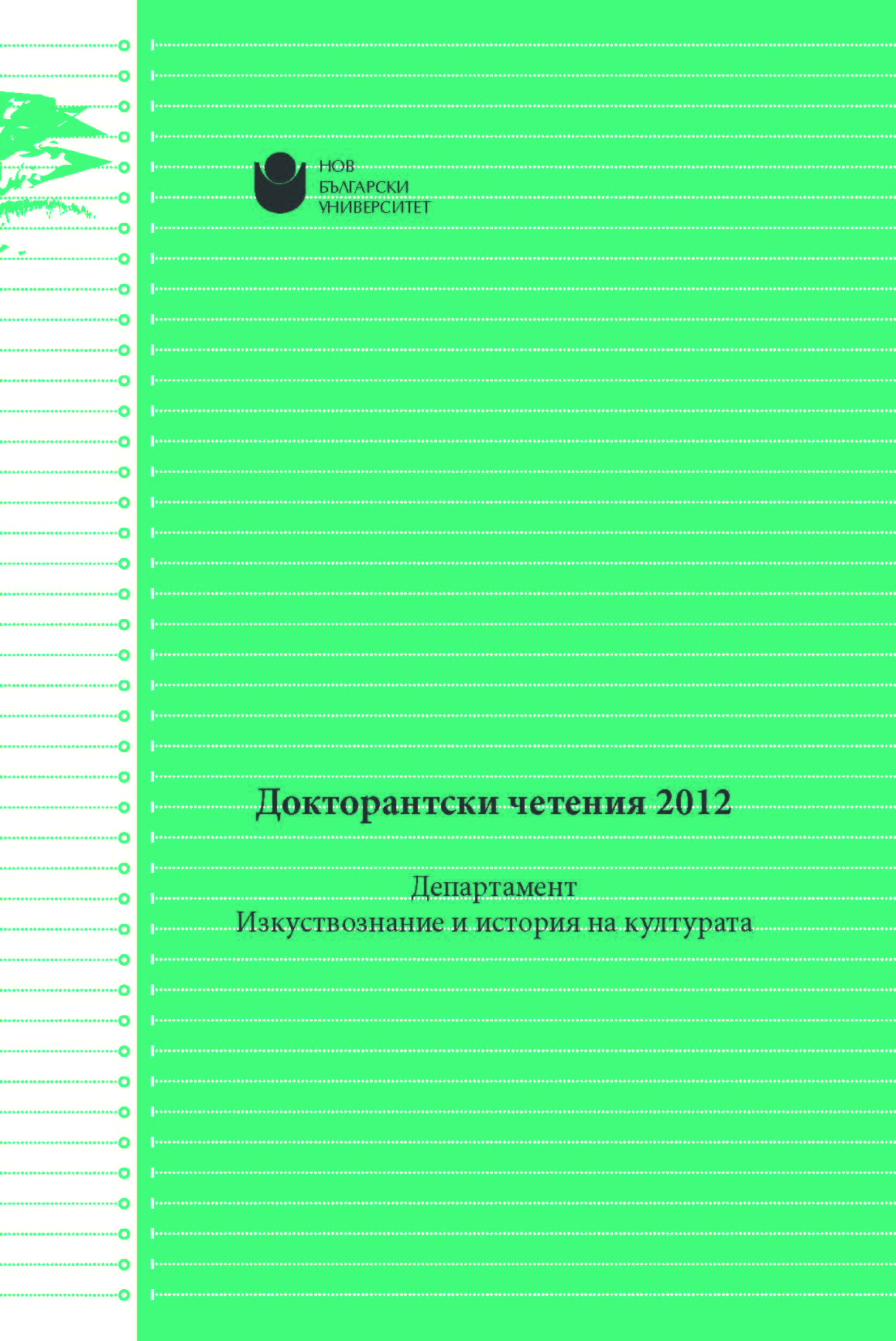Скулптурата по времето на Тиванските царе
Sculpture at the time of the Theban kings
Author(s): Monika PopovaSubject(s): Archaeology, Cultural history, Visual Arts
Published by: Нов български университет
Keywords: Sculpture; Ancient Egypt;
Summary/Abstract: The theme presents Sculpture as an integral part of Egyptian religion and religious imagery. The concept of “art” was unknown to Ancient Egypt; during the epoch of all three Ancient Kingdoms (the Old, Middle and the New Kingdom), everything included in the context of the image was dominated by religion. Sculpture was originally conceived as a substitute of the human body, which in the “World of the Dead” is associated with the soul “Ba”. Sculpture in the “World of Imagination” is, again, associated with the soul “Ba” but is seen as cringing about another form of existence, defined by researchers as the concept of the “Duplicate” and called by the Ancient Egyptians themselves “Ka”. In other words, the “Ka” is the representation itself. It could be anything made of substance (two- or three-dimensional), created by the Egyptian master for the “World of the Afterlife” – “Duat”. For this reason, the sculpture was seen as the best „substitute” for the human image, in the same way as the mummy was viewed in the „World of the Dead”. Sculpture and mummy were identical in Ancient Egypt in the sense that when the mummy was not available, the statue acquired the function of the “corpse”. In Ancient Egypt, both the mummy and the image were subjected to a ritual by which the corpse “came alive” and the soul “Ba” was given the opportunity to “get in and out of ” both the mummy and the image (respectively, the statue). Unlike the two-dimensional image, which in most cases was highly canonical, the three-dimensional sculpture allowed the flourishing of a magnificent art of portrayal. Most emblematic with respect to the Egyptian portrait is the Classical period, which encompasses sculpture during the time of the Theban kings (ХІІ- ХVІІІ Dynasties), or the period of the rule of some of the greatest pharaohs – Amenemhet I and Senusret I, II and III (of the 12th Dynasty), Thutmose I, II and III of the 18th Dynasty, Amenhotep I, II, III and Amenhotep IV (Akhenaten of the 18th Dynasty) and, among them, a great queen: Hatshepsut. They created the necessary conditions for the emergence and development of an art of portrayal which had so far been unknown to mankind, and from which almost all subsequent civilizations drew energy and inspiration. The Egyptian portrayal art still occupies a prominent position in the world of art. It is with a focus on the Egyptian portrait that all existing art educaional schools begin their training courses. It is where I myself started!
Journal: Докторантски четения
- Issue Year: 2012
- Issue No: 1
- Page Range: 47-87
- Page Count: 41
- Language: Bulgarian
- Content File-PDF

